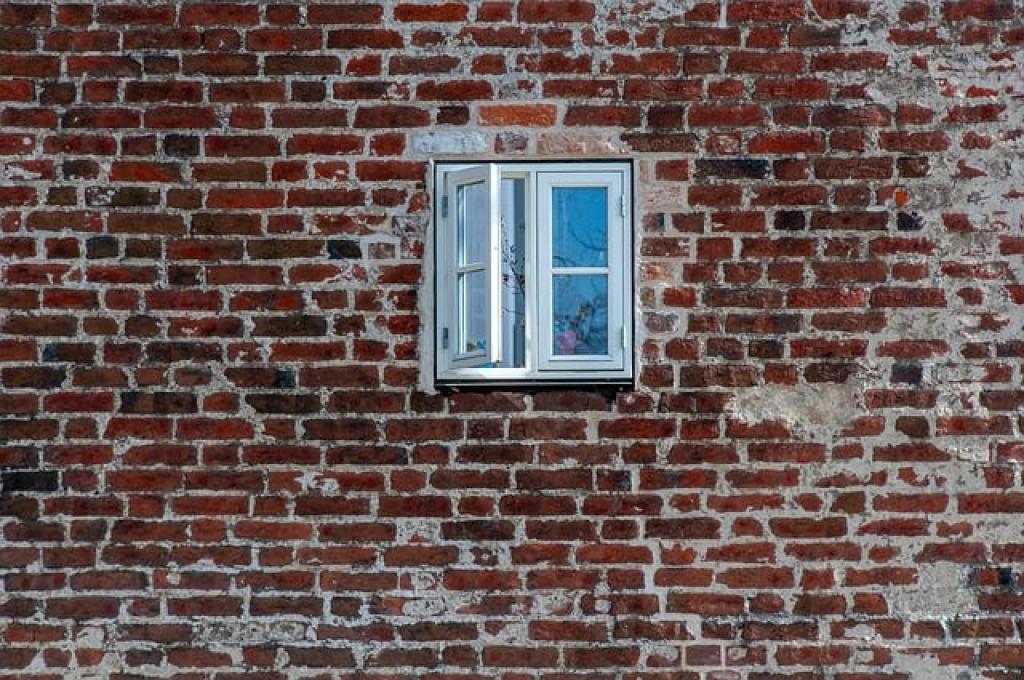Hempcrete, the sustainable building material that’s taking the eco-friendly world by storm! If you’re curious about how to transform humble hemp into this marvel, you’re in the right place.
This guide walks you through each step, making the process simple and straightforward. Whether you’re a DIY enthusiast or a green builder, you’ll find everything you need to know here.
Ready to get hands-on with hemp and create something amazing? Let’s dive in and explore the wonderful world of hempcrete together!
Overview of Hempcrete and Its Benefits
Hempcrete is a bio-composite material made from mixing hemp hurds (shredded hemp stalks) with lime and water. Unlike traditional concrete, hempcrete is carbon-negative, meaning it absorbs more CO2 than it emits during its lifecycle.
Why Choose Hempcrete?
One of the standout benefits of hempcrete is its sustainability. Hemp grows quickly and requires minimal pesticides, making it an eco-friendly resource. Plus, the production process is less energy-intensive compared to conventional materials.
Hempcrete also offers excellent insulation properties, which can significantly reduce heating and cooling costs. Its ability to regulate humidity and temperature makes for healthier indoor air quality.
Additional Perks
Not only is hempcrete fire-resistant and pest-resistant, but it’s also incredibly durable. Buildings constructed with hempcrete can stand the test of time, providing longevity and reliability.
In short, hempcrete is a win-win for both the planet and your building projects!
Choosing the Right Hemp Fibers for Hempcrete
Selecting the right hemp fibers is crucial for making high-quality hempcrete. The primary component you’ll need is hemp hurds, the woody core of the hemp stalk.
First, ensure that the hemp hurds are clean and free from contaminants. Any dirt or unwanted materials can affect the mixture’s consistency and overall performance.
Next, the size and quality of the hurds matter. They should be uniform and ideally between 5-25 millimeters in length. This size helps create a balanced mix that provides excellent structural integrity and insulation.
Finally, moisture content is key. Too much moisture can lead to mildew and mold, while too little can make the hempcrete brittle. Aim for hemp fibers with a moisture content of around 15%.
By being mindful of these factors, you’ll set a solid foundation for your hempcrete project!
Processing Hemp Fibers for Use in Hempcrete
Once you have your hemp fibers, processing them correctly ensures that your hempcrete mix will be top-notch.
Start by decorticating the hemp stalks. This process separates the outer fibers from the inner woody hurds. You can use specialized decortication equipment for efficient separation.
After decortication, you need to chop the hurds into smaller, more uniform pieces. This can be done with a hammer mill or a similar shredding machine.
Next, check the moisture content. If the hurds are too wet, let them dry out in a well-ventilated area until they reach the ideal moisture level of about 15%.
Finally, you might need to sieve the chopped hurds to remove any remaining dust or small particulates. Clean hurds ensure a purer and more consistent hempcrete mix.
With these steps, your processed hemp fibers will be ready to mix and create a strong, reliable hempcrete construction!

Mixing and Formulating Hempcrete for Optimal Results
Now that your hemp fibers are prepared, it’s time to mix and formulate your hempcrete. This is where the magic happens!
Ratio Matters
Begin with the right ratio of ingredients. A common mix is 4 parts chopped hemp hurds to 1 part lime binder, and water to achieve the desired consistency. The exact proportions might vary, so it’s worth experimenting to get it just right.
Mixing Techniques
Use a concrete mixer to combine the hemp hurds and lime binder. Gradually add water while mixing until you achieve a damp, oatmeal-like consistency. This ensures the mixture is well-coated but not overly wet.
Consistency Check
Perform a simple consistency check by pressing a handful of the mix: it should hold its shape without crumbling apart or leaking water. Too dry? Add a bit more water. Too wet? Incorporate a bit more lime or hemp hurds.
Once your hempcrete is mixed to perfection, it’s ready to be poured into molds or applied to your building framework. Happy constructing!
Best Practices for Applying Hempcrete in Construction Projects
Now that your hempcrete is perfectly mixed, let’s explore how to apply it effectively in your construction projects.
When applying hempcrete to walls, use a formwork system to hold the mixture in place. Start at the base and work your way up, filling the forms layer by layer. Make sure each layer is compacted gently but firmly to avoid gaps and ensure proper bonding.
It’s important to let each section set slightly before adding the next layer. This step helps the structure maintain its integrity and prevents over-compression.
For smaller projects like insulation, hand-packing might be preferable. This method allows for more control and precision, especially in tight or awkward spaces.
Once applied, allow the hempcrete to cure properly. This can take up to a month, but it’s crucial for achieving the material’s insulating and structural properties.
Follow these best practices, and you’ll be well on your way to creating a durable and eco-friendly building with hempcrete. Enjoy your sustainable construction journey!
Ensuring Quality Control and Sustainability in Hempcrete Processing
Quality control is key to getting the most out of your hempcrete. Start by sourcing high-quality hemp hurds and lime binder. Ensure that your materials are free from contaminants and consistent in size.
Keep an eye on the moisture content when mixing hempcrete. Too much or too little water can affect the mixture’s structural integrity. Regularly check the consistency to maintain the ideal balance.
Conducting Routine Inspections
During application, conduct routine inspections. Look for any signs of cracking or uneven curing. Address these issues immediately to ensure the longevity of your structure.
In terms of sustainability, hempcrete naturally scores high points. Hemp grows quickly and absorbs more CO2 than trees. Make sure to source your hemp from sustainable farms to maintain this eco-friendly edge.
When disposing of any waste material, remember that hempcrete is biodegradable. It can often be recycled into new projects or safely returned to the earth, reducing your environmental footprint.
By adhering to these quality control and sustainability practices, you’ll contribute to a more resilient and eco-conscious built environment. Let’s build a greener future, one hempcrete block at a time!
Conclusion: Future Prospects and Innovations in Hempcrete Technology
As we look to the future, hempcrete technology holds promise for even more innovative breakthroughs. Advances in material science could lead to stronger, more versatile hempcrete mixes. Researchers are continuously exploring ways to enhance its properties, making it an even more competitive alternative to traditional building materials.
Innovations in sustainable farming practices could also boost hemp production, making it more accessible and affordable. By aligning hempcrete production with organic farming methods, we can maintain an eco-friendly cycle from seed to structure.
Emerging technologies like 3D printing might also play a significant role. Imagine printing entire hempcrete walls or even houses straight from digital blueprints. This could revolutionize the construction industry by reducing waste and speeding up the building process.
Educational programs and training initiatives could further drive adoption. As more builders and architects become familiar with hempcrete, its applications will continue to expand. Workshops, online courses, and hands-on projects offer ways to spread knowledge and expertise.
Finally, government policies and incentives aimed at reducing carbon footprints might increasingly favor sustainable materials like hempcrete. Supportive regulations could encourage new construction projects and renovations to make the switch to greener materials.
In summary, the future of hempcrete is brimming with potential. From scientific advancements and technological innovations to sustainable farming and educational outreach, multiple avenues exist to push this remarkable material to new heights. With ongoing efforts, hempcrete is poised to play a crucial role in building a more sustainable and resilient world. Let’s embrace these opportunities and look forward to a future where hempcrete homes are not only a possibility but a norm.




